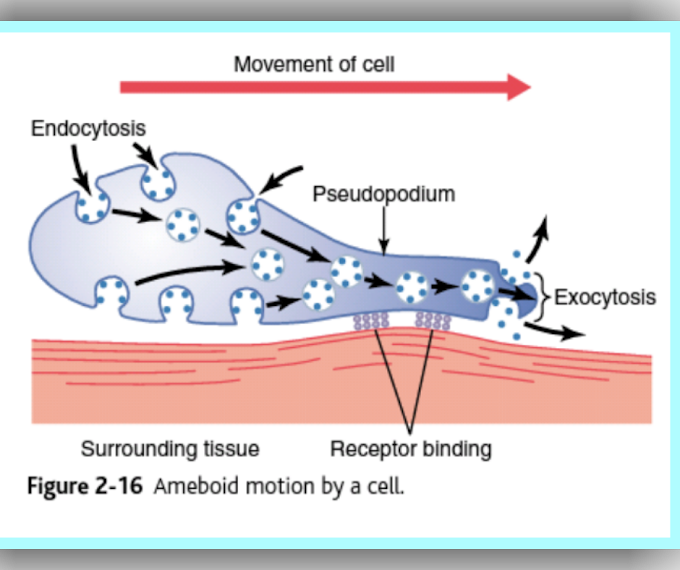
The term detoxication or detoxificafion refers to fhe series of biochemical reactions occurring in the body to convert the foreign (often toxic) compounds to non-toxic or less toxic, and more easily excretable forms.
The metabolism of xenobiotics may be divided into two phases which may occur together or separate.p-COOH + NH2{O-NH2 Aliphatic acid Urea HO{6H4-NH2 p-Amino phenol Aromatic hydrocarbons : Benzene may be oxidized to mono, di- and trihydroxy phenols as shown below
Phase | : The reactions of Phase I are oxidation, reduction and hydrolysis. Phase ll : These are the conjugation reactions, involving compounds such as glucuronic acid, amino acids (glycine), glutathione, sulfate, acetate and methyl group. Generally, detoxification of a compound involves phase I as well as phase ll reactions. For instance, oxidation followed by conjugation is the most frequent process in the metabolism of xenobiotics.
Oxidation : A large number of foreign substances are detoxified by oxidation. These include alcohols, aldehydes, amines, aromatic hydrocarbons and sulfur compounds. ln general, aliphatic compounds are more easily oxidized than aromatic ones.
Alcohols : Aliphatic and aromatic alcohols undergo oxidation to form the corresponding acids.
Aldehydes : Aldehydes are oxidized produce the corresponding acids.
Amines and their derivatives : Alipahtic amines are converted to the corresponding acids, liberating urea while aromatic amino acids are oxidized to phenols.
Aromatic hydrocarbons : Benzene may be oxidized to mono, di- and trihydroxy phenols.
Drugs : Meprobamate is a tranquilizer. lt is oxidized to hydroxymeprobamate and excreted in urine.
Role of cytochrom p450 Most of the oxidation reactions of detoxification are catalysed by monooxygenase or cytochrome P+so. This enzyme, also called mixd ftnction oxidase, is associated with the microsomes. The usage P+so refers to the absorption peak (at 450 nm), exhibited by the enzyme when exposed to carbon monoxide. Most of the reactions of cytochrome P45s involve the addition of a hydroxyl group to aliphatic or aromatic compounds which may be represented as RH + O, + NADPH --) ROH + HrO + NADP+.
Hydrolysis The hydrolysis of the bonds such as ester, glycoside and amide is important in the metabolism of xenobiotics. Several compounds undergo hydrolysis during the course of their detoxification. These include aspirin, acetanilide, diisopropylfluorophosphate, and procaine.
Goniugation Several xenobiotics undergo detoxification by conjugation to produce less toxic and/or more easily excretable compounds. Conjugation is the process in which a foreign compound combines with a substance prducd in the hody. The process of conjugation may occur either directly or after the phase I reactions. At least 8 different conjugating agents have been identified in the body. These are glucuronic acid, glycine, cysteine (of glutathione), glutamine, methyl group, sulfate, acetic acid and thiosulfate.





0 Comments